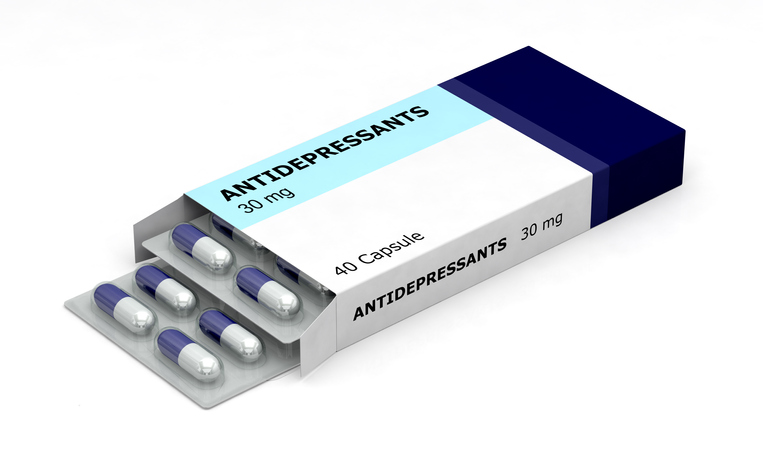Treatments
When to Use Cold Therapy for Pain

What is temperature therapy?
Temperature therapy involves the use of heat or cold to reduce pain. Heat therapy relaxes stiff joints and muscles; whereas, cold therapy numbs acute pain and reduces inflammation. Switching between heat and cold therapy can help reduce certain types of pain.
Cold therapy
Cold therapy is used to decrease blood flow to a targeted area by constricting blood vessels. This can reduce inflammation and swelling, particularly around a joint or tendon. To avoid skin, tissue or nerve damage, cold therapy should not be used more than 20 minutes at a time, several times each day. A cloth or towel should always be placed between the skin and cold source.
Cryotherapy
Cryotherapy involves the use of freezing or near-freezing temperatures and is a relatively new therapy. Cryotherapy is generally safe, but should only be done at a facility under proper supervision. Whole-body cryotherapy should never be done without another person present.
When to use cold therapy for pain
Always speak with a health care professional prior to cold therapy treatment as it could worsen certain conditions. Cold therapy may be beneficial in the treatment of various conditions. These include, but are not limited to, the following:
- Back Pain. Muscle strains, tissue inflammation or damage, and muscle spasms can benefit from ice treatments.
- Neck Pain. Ice or cold packs can temporarily close small blood vessels and prevent swelling from becoming worse with neck pain.
- Gout. Acute gout flares may benefit from ice treatment.
- Headaches or migraines. Cold masks or forehead, eye or temple wraps can reduce throbbing headache or migraine pain.
- Rheumatoid arthritis (RA). Cold treatments will not prevent rheumatoid arthritis flare-ups, but it can reduce inflammation and pain following physical activity.
- Fibromyalgia. Cold treatments can help reduce inflammation, provide numbing sensations, and reduce pain symptoms.
Side effects
A health care professional should be consulted prior to using cold therapy as a treatment option. The most common side effects include, but are not limited to, the following:
- Redness
- Skin irritation
- Numbness
- Tingling
Consult a medical professional if these side effects do not resolve within 24 hours.
When not to use cold therapy
Individuals with diabetes, a sensory disorder, or a condition that affects the nerves should avoid cold therapy and cryotherapy, as the inability to feel the full effect could lead to further nerve damage. Cold therapy may slow the healing process of muscle or joint problems. It should also be avoided if poor circulation is present.


















